H-1B Visa Update
08.25.2020
By: Landis Barber
A quick glance at United States labor statistics can reveal a shocking truth, there is—and will continue to be—a shortage in engineering talent. To fill the gap in the United States labor market, engineering companies frequently turn to the H-1B Visa Program. Led by the United States Citizenship and Immigration Services department of the Department of Homeland Security, the program is a temporary visa program that allows employers to seek government approval for highly educated foreign professionals to work in “specialty occupations” that require at least a bachelor’s degree or the equivalent.
Currently, there is a statutory cap of H-1B visas that may be approved in each fiscal year. Even though the visas are used across multiple industries, the cap is at 65,000 visas per year with the possibility of an additional 20,000 available to foreign workers with at least a master’s degree from an accredited United States university. As noted by the American Council of Engineering Companies (ACEC), “demand for H-1B visas far outweighs the supply.”
While the availability of H-1B visas remains an ongoing issue, the program has recently been thrust back into the spotlight as President Trump issued an executive order on June 22, 2020, suspending new visas for the H-1B program. ACEC was quick to respond by seeking a waiver for engineering firms from President Trump’s suspension.
On the same hand, on August 3, 2020, President Trump issued an executive order decreeing that foreign workers holding H-1B visas cannot have role on federal contracts in lieu of United States employees. Thus, an employer would need to prove that they are not using H-1B worker to replace United States employees. It is clear that these orders are targeted at putting United States employees back to work. However, in the context of engineering, it comes at a cost of further widening the talent gap.
Until these executive orders are lifted, engineering companies will have to shift their focus to solving their shortfalls through United States employees. However, ongoing issues with the H-1B visa program will continue to linger as the talent gap widens and the cap remains the same. Thus, it will be important for trade associations and engineering companies alike to continue to advocate for new ways to bridge the gap.
*The information provided on this website does not, and is not intended, to constitute legal advice; instead, all information, content, and materials available on this site are for general informational purposes only. Information on this website may not constitute the most up to date legal or other information. This website contains links to other third-party websites. Such links are only for the convenience of the reader, user, or browser; Safran Law Offices does not recommend or endorse the contents of third party sites. Use of, and access to, this website or any of the links or resources contained with the site do not create an attorney-client relationship between the reader, user, or browser and Safran Law Offices, website authors, or contributors.

